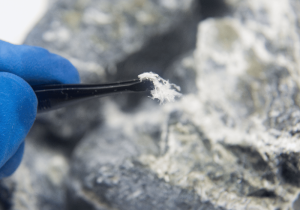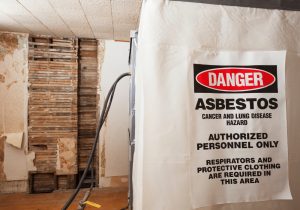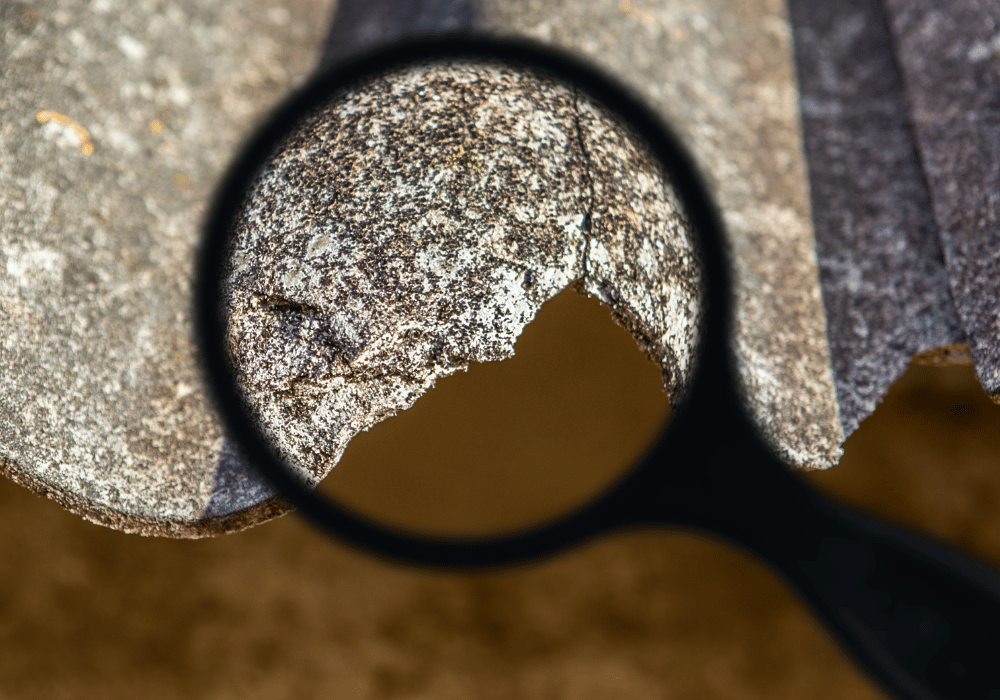If you’re a homeowner, business owner, or property manager, the mention of asbestos might immediately raise concerns. Known as a hazardous material, asbestos can pose serious health risks if not managed properly. But how can you ensure your property is free from this dangerous material? Enter asbestos testing. This blog will guide you through what asbestos is, why testing for it is crucial, where it’s typically found, the process of testing, and what steps to take if asbestos is discovered. By the end, you’ll have a clear understanding of how to protect yourself and others from the risks posed by asbestos.
 What Is Asbestos and Why Is It Dangerous?
What Is Asbestos and Why Is It Dangerous?
Asbestos is a naturally occurring fibrous mineral that was extensively used in construction materials and household products throughout the 20th century. Its durability, resistance to heat, and insulating properties made it a favourite for builders across the globe. However, the same properties that made asbestos so useful also make it incredibly dangerous. When asbestos fibers are disturbed, they can become airborne and, if inhaled, settle in the lungs. Over time, exposure to asbestos can lead to severe health conditions, including:
- Asbestosis: A chronic lung disease causing scarring of lung tissue.
- Mesothelioma: A rare and aggressive cancer that affects the lining of the lungs and abdomen.
- Lung Cancer: Prolonged exposure significantly increases the likelihood of developing lung cancer.
Because of the associated risks, identifying and managing asbestos in buildings is essential for health and safety.
The Importance of Asbestos Testing
Many older buildings still contain asbestos, even decades after its dangers became widely known. Without proper testing, you may unknowingly disturb asbestos during renovations or demolition, releasing hazardous fibers into the air.
Here are some key reasons why asbestos testing is a must:
- Health and Safety: Protect occupants, workers, and family members from exposure to airborne asbestos fibers.
- Legal Compliance: Many regions have strict regulations around handling and removing asbestos. Testing ensures you adhere to these guidelines.
- Real Estate Transactions: Whether buying or selling property, confirming asbestos status can impact property value and provide peace of mind.
- Renovation Planning: Prevent disrupting harmful materials during construction or repairs.
Regular asbestos testing is a proactive approach to safeguarding health and avoiding costly legal or renovation complications.
Where Can Asbestos Be Found?
Before asbestos was largely banned or regulated, it was used in a wide range of building materials. If your home or workplace was constructed before the 1990s, there’s a chance asbestos might still be present, hiding in plain sight. Common materials and areas that may contain asbestos include:
- Construction Materials:
- Insulation around pipes and boilers
- Floor tiles and adhesives
- Roofing shingles and siding
- Ceiling tiles or sprayed coatings
- Household Products:
- Older electrical wiring insulation
- Heat-resistant fabrics
- Some older cement or plaster products
- Industrial and Commercial Areas:
- Fireproofing materials
- Soundproofing walls
- HVAC ducting systems
The only way to confirm asbestos presence is through professional testing. Remember, this isn’t a task you should attempt yourself, as disturbing asbestos can make the situation worse.
 How Does Asbestos Testing Work?
How Does Asbestos Testing Work?
The process of asbestos testing is carefully structured to ensure safety while delivering accurate results. Here’s an overview of how it typically works:
- Inspection and Material Assessment:
- A certified asbestos professional visits your property to visually inspect areas where asbestos could be present.
- Potential materials are identified for further analysis.
- Sample Collection:
- Using specialized tools, professionals collect small samples of suspect materials. This is done carefully to minimize fiber release.
- Laboratory Testing:
- The samples are sent to a lab accredited for asbestos testing.
- Technicians perform a thorough analysis under a microscope to confirm the presence of asbestos and its type.
- Reporting and Recommendations:
- You’ll receive a detailed report outlining whether asbestos was detected, the concentration level, and recommendations for next steps.
Testing is straightforward, but always ensure it’s completed by a certified professional to avoid contamination or inaccurate results.
Regulations and Guidelines for Handling Asbestos
To minimize the health risks associated with asbestos, most governments have strict regulations regarding how it’s handled. These laws often dictate:
- Standards for asbestos testing and sampling.
- Procedures for safe removal and disposal of asbestos-containing materials.
- Required certifications for professionals conducting asbestos-related work.
For example, in Canada, the Health Canada Guidelines and Occupational Health and Safety Regulations outline the responsibilities of builders, contractors, and property owners in dealing with asbestos.
Failing to comply can lead to significant penalties, not to mention potential lawsuits if asbestos exposure occurs.
What to Do if Asbestos Is Found
If testing confirms the presence of asbestos, it’s essential to approach its removal and management with care. Here’s what to do:
- Do Not Disturb It:
- Avoid touching, drilling, cutting, or removing the material yourself.
- Consult a Professional:
- Hire a certified asbestos removal company to assess the situation and create a removal or containment plan.
- Follow Local Guidelines:
- Ensure all work complies with local and national safety and disposal regulations.
- Notify Occupants:
- Inform any building occupants and employees, providing them with clear instructions on avoiding exposure.
While dealing with asbestos can feel daunting, taking the right steps will protect your health and reduce risks.
Finding a Certified Asbestos Testing Professional
For accurate testing, it’s essential to hire certified professionals with the right credentials. When searching for an asbestos testing service, keep these tips in mind:
- Check Certifications:
- Ensure the company or individual holds the necessary certifications in asbestos testing and handling.
- Read Reviews:
- Look for companies with positive reviews or testimonials that speak to their reliability.
- Ask About Insurance:
- Verify that the provider has liability insurance to cover any potential mishaps.
- Request a Quote:
- Be clear about pricing and what’s included in their services.
- Verify with Local Authorities:
- Some government websites offer a list of approved asbestos professionals in your area.
Taking these steps will ensure you work with a trusted partner to handle asbestos testing properly.
Understanding and addressing asbestos risks is critical for protecting yourself and others. Whether you’re a homeowner, renovating a property, or managing a building, asbestos testing is a proactive step that ensures safety, compliance, and peace of mind. Don’t leave asbestos testing to chance. Reach out to a certified professional today to safeguard your health and enhance your property’s value. Stay informed, stay safe, and always prioritize proper asbestos management.

